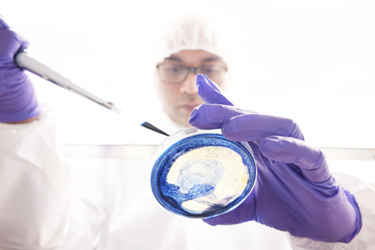Why Are MSC-EVs Important And How Can You Scale-Up?

Since their discovery in the 1970s, MSCs have been well-studied and their therapeutic potential thoroughly explored. Clinical trials over several decades show that these pluripotent stem cells are extremely valuable in regenerative medicine. An August 2020 review in Stem Cell Research and Therapy notes their role in tissue regeneration and immunomodulation, with potential therapeutic success in cardiovascular disease, stroke, and osteoarthritis, among other areas. Stem Cell Research and Therapy also notes that there has even been interest in stem cells as treatment for the acute lung injury and acute respiratory distress seen during severe COVID-19 infection.
Initially, MSC success was thought to be through direct migration into affected tissues, where the stem cells would "transplant" themselves to occupy, differentiate, and thus repair damage. However, further studies showed that their action is paracrine. They secrete growth factors and cytokines, among other molecules, and are responsible for their therapeutic benefit.
But bioactive molecules aren't the only thing secreted by mesenchymal stem cells. MSCs also package biomolecules into lipid bilayer-bound packages, or extracellular vesicles (EVs), for secretion. Mesenchymal stem cell derived extracellular vesicles (MSC-EVs) cross biological barriers and avoid many of the issues seen with stem cell therapy, such as adverse immune responses.
In the last decade, MSC-EVs have emerged as potential acellular therapeutics. Dr. Amy Kauffman, a senior development engineer with Corning, notes that some attention is switching from the cell monolayer to what they produce into the medium. This switch brings even greater focus on EV harvesting.
This emerging interest in acellular therapeutics has led researchers to focus on the extracellular vesicles (EVs) released by mesenchymal stem cells (MSCs). Investigating the potential of MSC-EVs switches attention from cell harvest to media collection and processing, with an emphasis on scaling up to meet R&D supply demand. Here's a further look into what MSC-EVs can do and how with more efficient and consistent production methods, researchers will be able to maximize the full potential of EVs for research and therapeutic application.
Get unlimited access to:
Enter your credentials below to log in. Not yet a member of Cell & Gene? Subscribe today.
